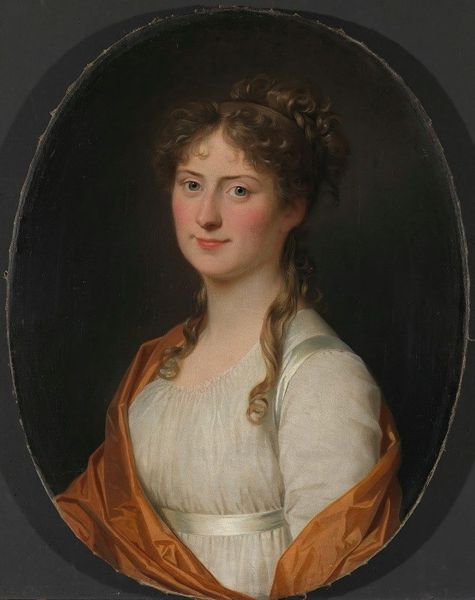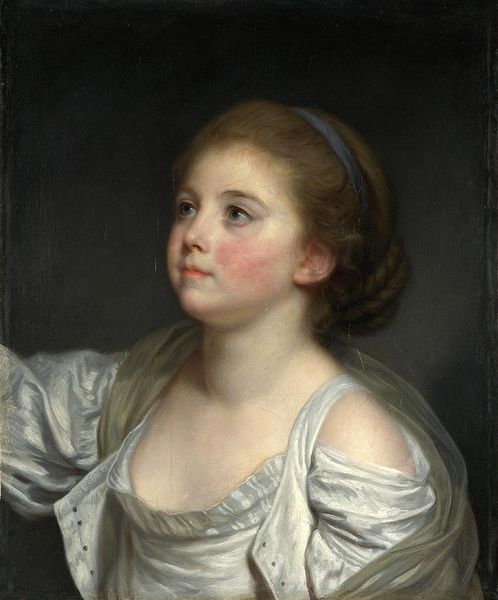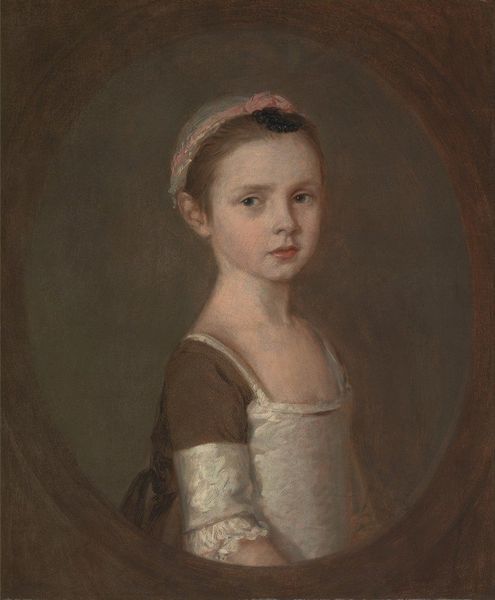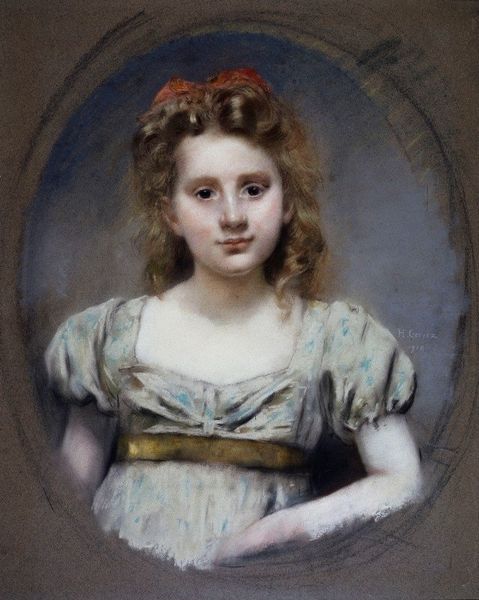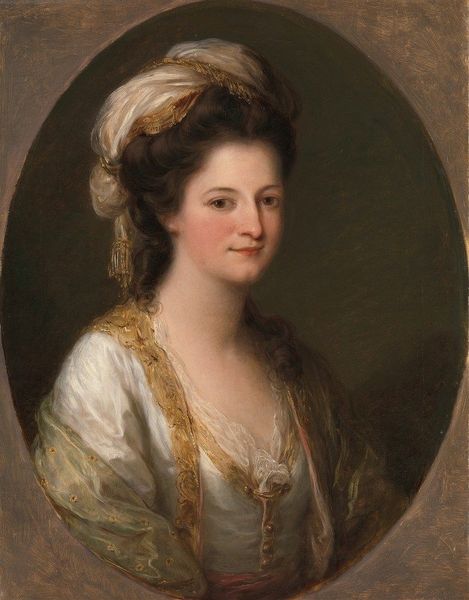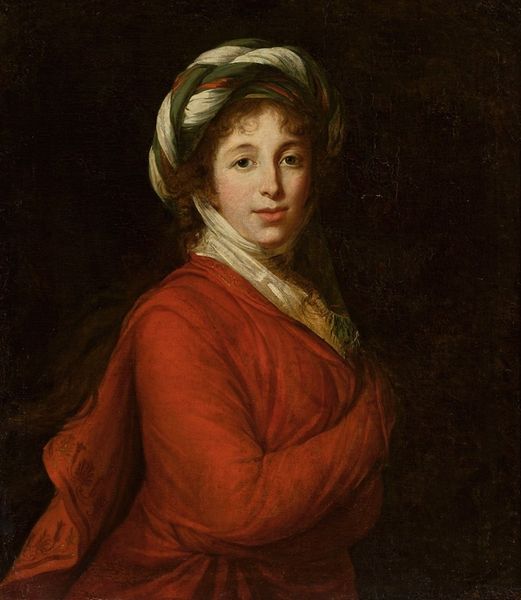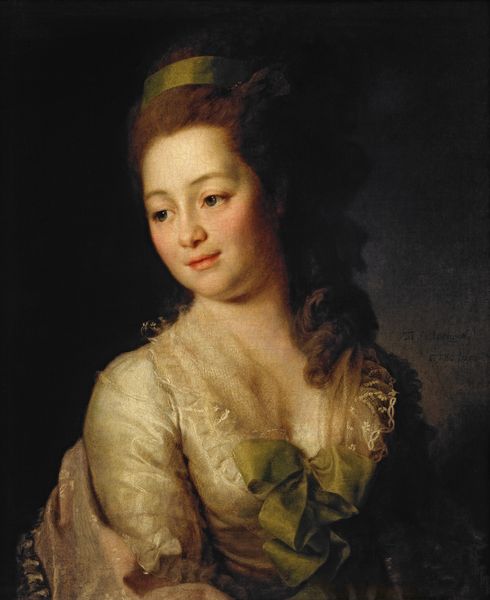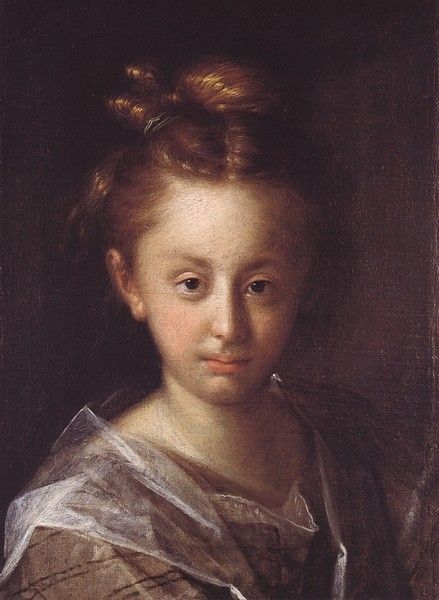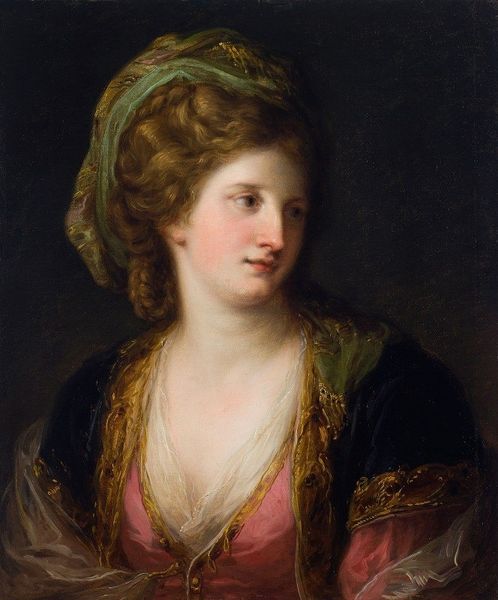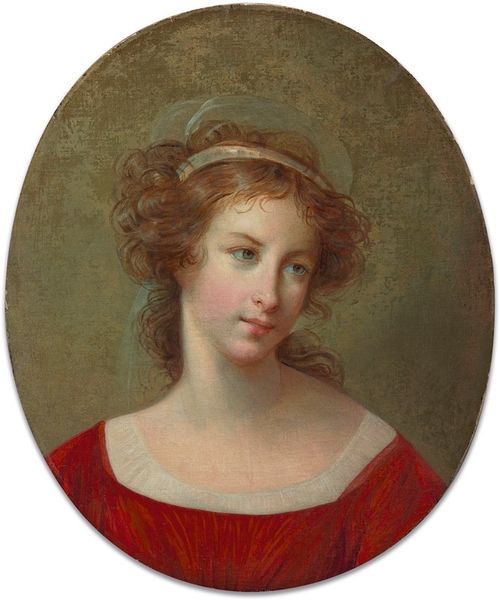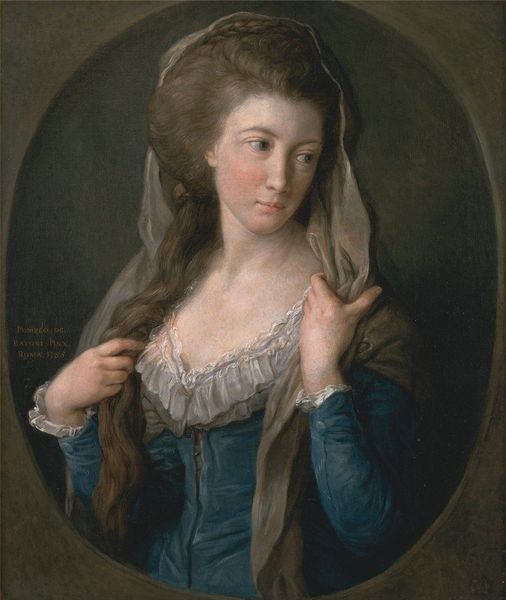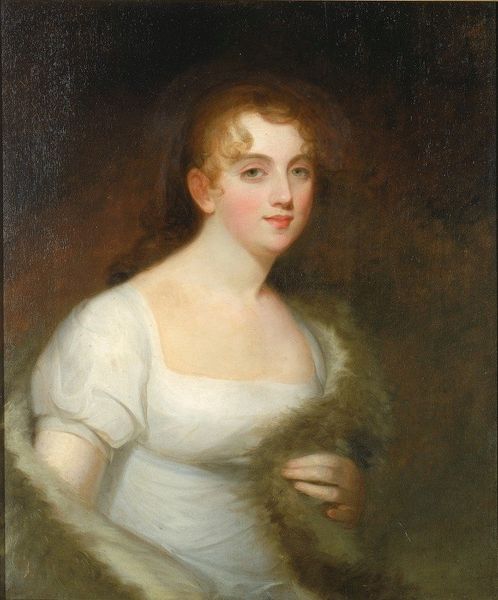
painting, oil-paint
#
portrait
#
figurative
#
baroque
#
dutch-golden-age
#
painting
#
oil-paint
#
figuration
Copyright: Public Domain: Artvee
Rembrandt van Rijn made this portrait, using oil paint, likely sometime in the mid-17th century. Oil paint is remarkable because it allowed Rembrandt to create a luminous surface, layering thin glazes over one another. Look closely and you’ll see how this technique gives depth to the woman’s skin and the soft texture of her clothing. He created a likeness, but also recorded the qualities of silk, pearls, and gold thread. These materials speak volumes. The global trade in textiles, gems, and precious metals sustained the Dutch Golden Age, and its rise as a colonial power. Rembrandt's skill was not just in capturing appearances, but also in evoking the social and economic forces that shaped his world. He masterfully integrates the fine arts with the applied arts. He made a statement about Dutch society through the quality and cost of the materials, and the labor required to transform them into art and fashion.
Comments
rijksmuseum about 2 years ago
⋮
This young woman’s clothing does not reflect the fashion of Rembrandt’s day, but dates from earlier centuries. That suggests this is a tronie, a study head of a certain character or an eccentric figure. Rembrandt often used his acquaintances, family members or himself as a model for his tronies. This woman bears a passing resemblance to Saskia Uylenburgh, to whom Rembrandt was engaged in 1633.
Join the conversation
Join millions of artists and users on Artera today and experience the ultimate creative platform.
